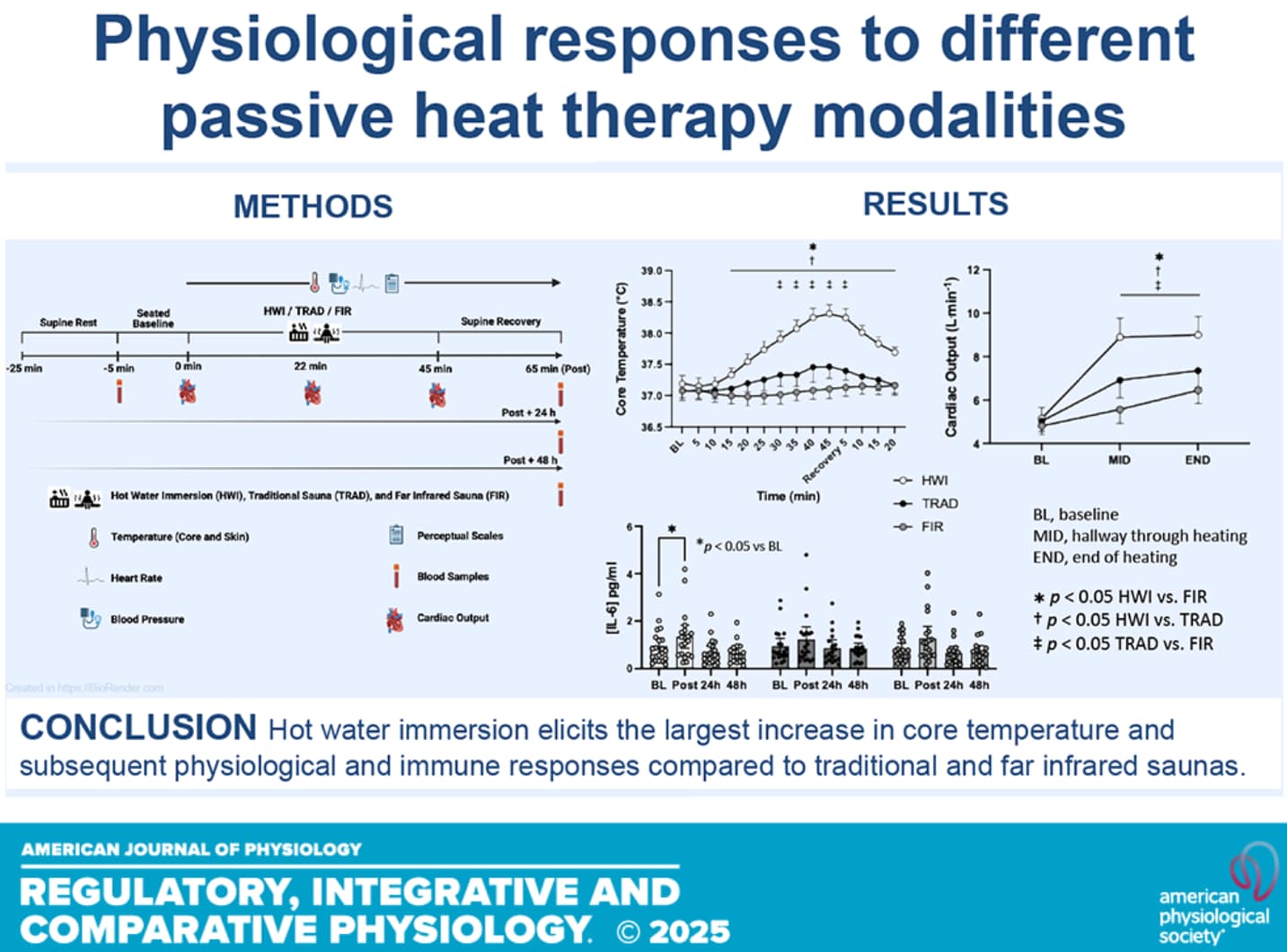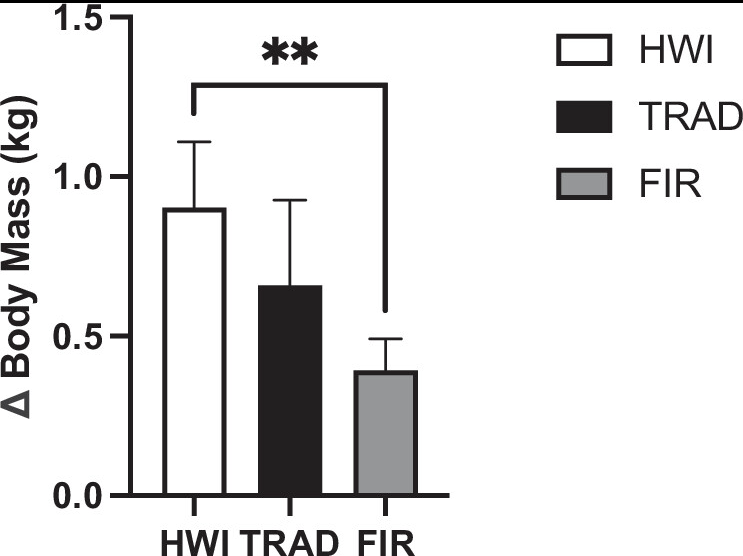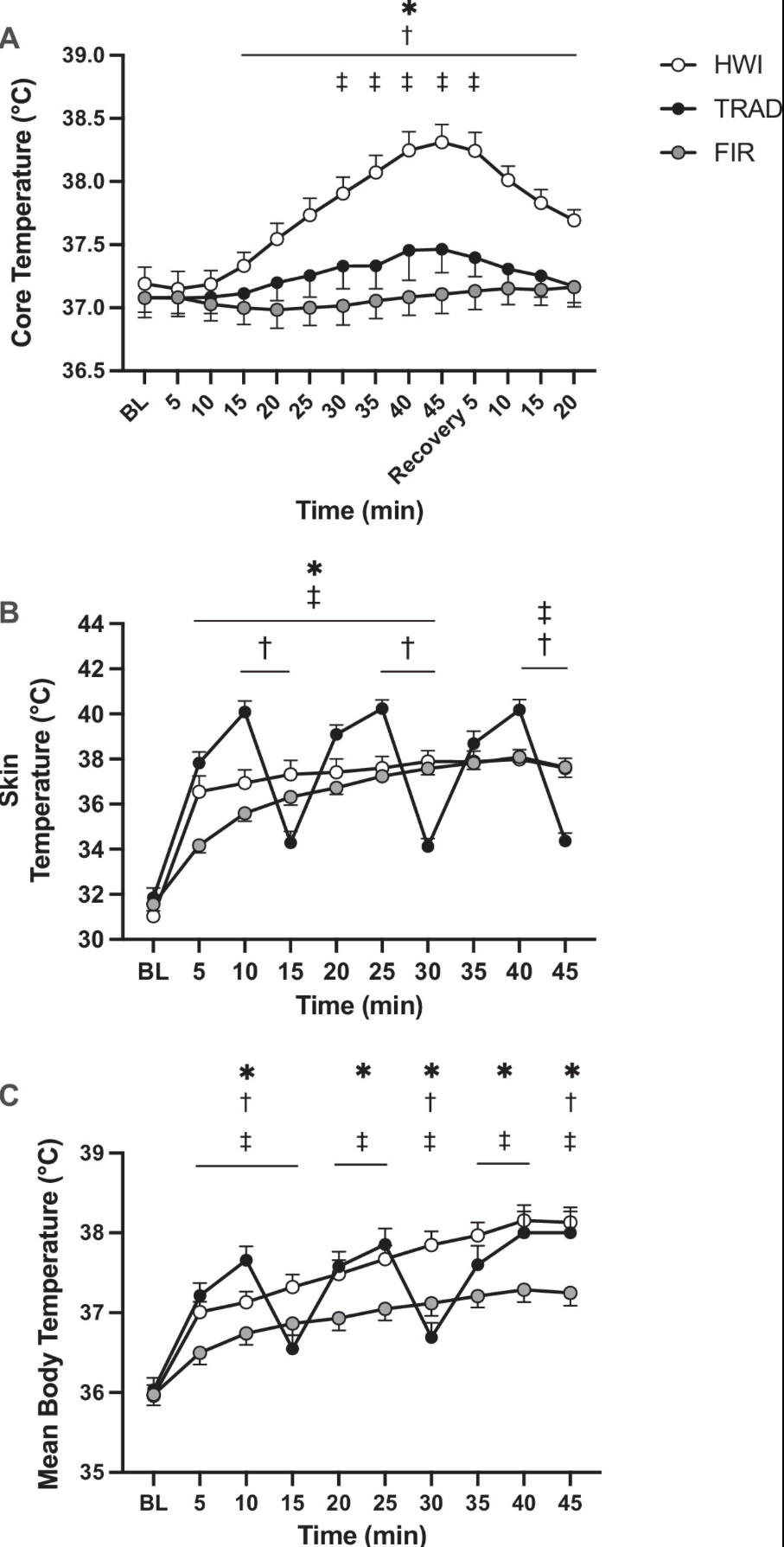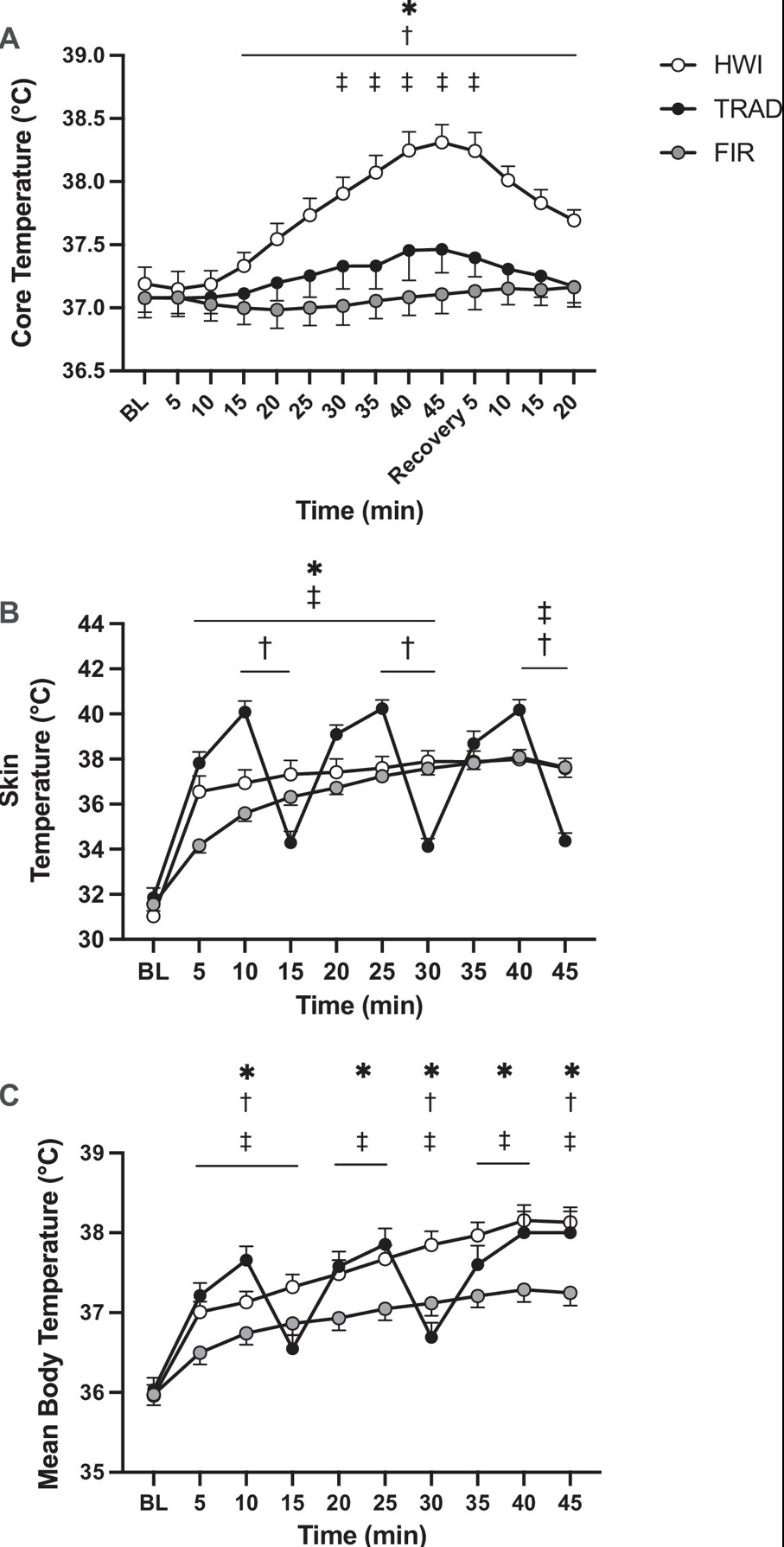1. How testicular temperature regulation normally works
The testes are designed to run cooler than core body temperature—typically about 2–4 °C lower (around 33–35 °C vs ~37 °C). This cooler environment is crucial for spermatogenesis, because germ cells are quite temperature-sensitive.
Several anatomical and physiological mechanisms maintain this lower temperature:
-
Scrotal skin Thin, richly vascularized, with sweat glands and a large surface area to lose heat to the environment.
-
Dartos muscle In the scrotal wall, it contracts to wrinkle the skin (reducing surface area and conserving heat) or relaxes to smooth and thin the scrotum (increasing heat loss).
-
Cremaster muscle Raises the testes closer to the body when cold and lowers them when warm, adjusting their distance from the warmer core.
-
Pampiniform plexus A venous network surrounding the testicular artery that works as a counter-current heat exchanger, cooling incoming arterial blood before it reaches the testis.
In normal conditions, air flow, evaporative cooling, and loose clothing further support this system, keeping intratesticular temperature in the narrow range needed for optimal sperm production.
2. Why hot-water immersion overrides this regulation
During hot-water immersion (HWI)—for example, in a hot bath or hot tub at ~39–40+ °C—the testes are surrounded by water that is at or above core temperature. This changes the physics completely:
-
Water conducts heat far more efficiently than air, so heat is driven into the scrotum and testes faster than they can get rid of it.
-
Evaporative cooling is essentially shut down; the scrotal skin is covered by water, not air.
- Even if the cremaster and dartos try to adjust position or surface area, they cannot move the testes out of the uniformly hot environment if the pelvis is immersed.
- As a consequence, intratesticular temperature rises toward bath temperature, especially during prolonged immersions.
In short: the body’s usual mechanisms to keep testes cooler are engineered for air, not for being submerged in hot water, so HWI partially “disables” this cooling system.
3. Short- and long-term effects of higher temperature on sperm
Short-term effects
Spermatogenesis is highly temperature-sensitive. Even a sustained 1–2 °C increase at the testicular level can disturb the process:
- Acute or repeated heat stress can damage meiotic and post-meiotic germ cells in the seminiferous tubules.
- This manifests as lower sperm count, reduced motility, and a higher proportion of abnormal forms in the weeks following the heat exposure.
- There may also be increases in DNA fragmentation and mitochondrial dysfunction in sperm after repeated heating.
After a period of frequent hot baths, hot tubs, or saunas, studies often show significantly reduced sperm concentration and total count, sometimes by 20–50% or more, depending on intensity and duration.
Long-term consequences and reversibility
The important nuance is that, in most healthy men, this is functionally significant but biologically reversible:
- The damage primarily affects ongoing spermatogenic waves , not the underlying spermatogonial stem cell pool .
- A full spermatogenic cycle takes about 74 days, plus 2–3 weeks for epididymal maturation and transit, so recovery is on the order of 3 months.
- When intense scrotal heating is reduced or stopped, many studies show partial or complete normalization of:
- Sperm count
- Motility
- Morphology
So, chronic or frequent heat can measurably impair semen quality, but in the typical “hot tub / sauna user” scenario, these effects are substantial yet generally reversible over 3–6 months once exposure is reduced.
4. Effect of higher temperature on testosterone and gonadal hormones
The picture for testosterone is quite different from sperm.
Acute hormonal responses
During and shortly after heat exposure (sauna or HWI), you may see:
- Small, transient fluctuations in testosterone (sometimes down, sometimes up), largely driven by:
- Hemodynamic changes (plasma volume shifts)
- Stress hormones (cortisol, catecholamines)
- These changes are usually modest and brief, normalizing within hours.
Long-term testosterone effects (including Finnish sauna data)
Looking at regular sauna users, especially from Finnish cohorts where sauna use is habitual (several times per week):
- Studies show clear, reversible changes in semen parameters , but no strong evidence of sustained low testosterone attributable to sauna use.
-
Basal testosterone generally remains within normal ranges in frequent sauna users.
-
LH and FSH (pituitary signals to the testes) are usually preserved, indicating that the hypothalamic–pituitary–gonadal axis remains intact.
- Leydig cells (which produce testosterone) appear less temperature-sensitive than germ cells within the wellness-range of heat exposure (sauna 2–7×/week, moderate session lengths).
In other words:
-
Spermatogenesis is the fragile part;
-
Testosterone production is comparatively robust under typical sauna/HWI conditions studied in humans.
For men not planning to conceive, the main real-world consequence of frequent hot-water immersion is:
-
Significant but reversible reduction in sperm quality ,
- With little evidence of clinically meaningful long-term suppression of testosterone , particularly in Finnish-style heat practices.
5. Big-picture summary
- The testes are kept cooler than core by a sophisticated combination of anatomy and thermoregulation designed to protect spermatogenesis.
-
Hot-water immersion bypasses much of this protection by immersing the scrotum in a highly conductive, hot environment, pushing testicular temperature upward.
- This produces notable short- and medium-term declines in sperm quantity and quality , which are usually reversible over a few spermatogenic cycles once heat exposure is reduced.
- By contrast, testosterone levels and the gonadal hormonal axis are far less affected by typical sauna/HWI use; population data (e.g., Finnish cohorts) do not suggest a major hypogonadal signal from frequent sauna practices.
- So the primary cost of repeated testicular heating is on fertility, not on androgen status, which matters a lot when deciding how worried to be if you’re no longer planning to conceive.



